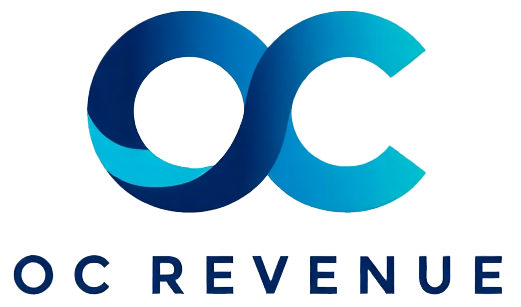Table of Contents
- Executive Summary:
- Key Takeaways:
- Can Revenue Operations Enablement Unlock Cross-Functional Synergy by 2025?
- Breaking Down Silos Through Revenue Operations Enablement
- Leveraging Sales Technology and Automation for Optimized Performance
- Driving Data-Driven Collaboration Across Departments
- Enabling Customer-Centric Revenue Growth Through RevOps
- Strategic Guidance for Implementing RevOps Enablement at Scale
- For Further Information
- Related Stories on the Web
Recent Articles
Can Revenue Operations Enablement Unlock Cross-Functional Synergy by 2025?
Executive Summary:
Revenue Operations (RevOps) Enablement presents a transformative opportunity for enterprises aiming to unlock true cross-functional synergy by 2025. By integrating analytics, automation, and collaboration tools, organizations can drive better forecasting, pipeline optimization, and alignment between sales, marketing, and customer success teams.
Key Takeaways:
- Implementing Revenue Operations Enablement accelerates data-driven decision making that improves forecasting accuracy and pipeline health.
- Effective RevOps requires strategic stakeholder management and change management to unify cross-departmental teams.
- Sales technology and automation tools enable ongoing training, performance benchmarking, and compensation alignment, optimizing revenue pipeline efficiency.
- Adopting revenue intelligence solutions enhances understanding of customer behavior and lifecycle management for improved retention and upsell.
- Consulting partnerships can guide enterprises through best practices in journey mapping, multi-touch attribution, and risk management for sustained growth.
Can Revenue Operations Enablement Unlock Cross-Functional Synergy by 2025?
Breaking Down Silos Through Revenue Operations Enablement

Large enterprises frequently struggle with fragmented data and disconnected processes across sales, marketing, and customer success teams. This siloed approach undermines effective collaboration and inhibits accurate revenue attribution and forecasting. Revenue Operations (RevOps) Enablement acts as a pivotal bridge, aligning teams around shared goals and data-driven insights. Consulting services help organizations map existing workflows to identify inefficiencies and design integrated team structures that prioritize transparency and collaboration.
By deploying advanced analytics and centralized tools, RevOps unifies territory management, sales automation, and marketing handoff processes. For example, a global SaaS provider recently partnered with consultants to implement a cross-departmental revenue intelligence platform that consolidated pipeline data and health scoring metrics. This enabled the company to identify underperforming segments and forecast more accurately at the enterprise level, while improving compensation alignment and motivation across sales teams.
Successful enablement programs also emphasize training and change management to embed new revenue-focused mindsets. By engaging executives and stakeholders in the transformation, organizations can reduce resistance and accelerate adoption. Harvard Business Review highlights that organizations driving cross-functional collaboration through RevOps see increased revenue growth and customer experience improvements.
Leveraging Sales Technology and Automation for Optimized Performance

Sales technology is a cornerstone of Revenue Operations Enablement, providing tools that scale forecasting, territory planning, and pipeline management. Yet, many enterprises overlook the importance of automation in reducing manual workloads and improving data quality across customer lifecycle management stages. Automation enhances multi-touch attribution and revenue intelligence, thus delivering insights into customer behavior and churn prevention.
Enterprises that leverage sales automation platforms coupled with advanced analytics experience increased sales velocity and improved lead conversion rates. Consulting partners can offer tailored optimization strategies that integrate legacy CRM systems with emerging technologies, enabling unified dashboards for team performance and risk management. This holistic view allows revenue leaders to calibrate compensation plans around achievement and pipeline health, fostering stronger sales execution.
Moreover, automated journey mapping and customer onboarding processes help synchronize sales and marketing operations. This unified approach strengthens marketing handoff and account management, minimizing churn and accelerating customer upsell. Gartner’s research on strategic technology trends underscores the rise of intelligent automation as a critical driver in modern RevOps transformations.
Driving Data-Driven Collaboration Across Departments

True cross-functional synergy depends on leveraging robust data frameworks that empower collaborative decision making. Revenue Operations Enablement harnesses data integration techniques to unify disparate sources, enabling end-to-end visibility of the customer journey and overall revenue pipeline. This comprehensive data foundation supports performance benchmarking and predictive analytics, giving executives actionable insights into forecast accuracy and market territory coverage.
Consulting firms bring specialized expertise in data governance and stakeholder management to ensure alignment on key performance indicators and reporting standards. A multinational enterprise recently transformed its sales and marketing operations using a multi-touch attribution model that refined budget allocation and improved customer success targeting. This initiative led to measurable improvements in customer retention rates and increased revenue from key accounts.
Collaboration is further bolstered by transparent communication channels enabled by integrated tools. Regular cross-departmental reviews driven by shared analytics foster accountability and agility. The Forbes article “The Rise Of Revenue Operations Enablement: Unlocking Synergies Across Teams” emphasizes that these practices enable organizations to respond swiftly to market shifts while sustaining alignment on strategic objectives.
Enabling Customer-Centric Revenue Growth Through RevOps
Revenue Operations Enablement is not solely about internal efficiencies; it directly impacts customer experience and retention. By synchronizing data from sales, marketing, and customer success, enterprises gain a holistic understanding of customer behavior and health scoring across the lifecycle. This unified approach fuels proactive churn prevention strategies and targeted customer onboarding programs.
Consultants guide organizations in embedding customer-centric revenue enablement by optimizing account management and journey mapping practices. As a result, enterprises can customize offers with dynamic pricing strategies and identify upsell opportunities embedded within existing pipelines. Combining revenue intelligence with customer success insights further strengthens risk management efforts and supports sustainable growth.
McKinsey & Company highlights how organizations using integrated automation and analytics in RevOps achieve significant cross-functional value, including improved revenue predictability and an elevated customer experience. Executives looking ahead to 2025 should prioritize these capabilities to secure competitive advantages and long-term business resilience.
Strategic Guidance for Implementing RevOps Enablement at Scale
Successful adoption of Revenue Operations Enablement requires careful strategic planning and executive sponsorship. Organizations must establish clear objectives linked to measurable outcomes, such as improved forecasting accuracy or increased pipeline velocity. Consulting partners can facilitate journey mapping, stakeholder workshops, and change management initiatives that accelerate buy-in and reduce organizational risks.
Leaders should focus on creating integrated team structures that promote collaboration while aligning compensation and training programs around shared performance goals. Investments in sales technology and intelligent automation tools are crucial but must be accompanied by continuous performance benchmarking and revenue attribution processes to sustain improvements.
Ultimately, RevOps enablement is a dynamic journey that evolves with market conditions and customer expectations. Gartner’s insights on top strategic technology trends emphasize the importance of embedding adaptive frameworks that leverage emerging analytics and predictive tools. Organizations that commit to this transformation will unlock cross-functional synergies and deliver superior business outcomes by 2025.
For Further Information
- How Revenue Operations Drives Cross-Functional Collaboration and Growth — Harvard Business Review
- The Rise Of Revenue Operations Enablement: Unlocking Synergies Across Teams — Forbes
- Top Strategic Technology Trends in Revenue Operations for 2024 and Beyond — Gartner
- How Automation and Analytics in Revenue Operations Can Unlock Cross-Functional Value — McKinsey & Company
- Innovation in Revenue Operations Tech: The Future of Cross-Team Enablement — TechCrunch
Related Stories on the Web
The article on Can Revenue Operations Enablement Unlock Cross-Functional Synergy by 2025? was hopefully useful in helping you understand more about the topic.

